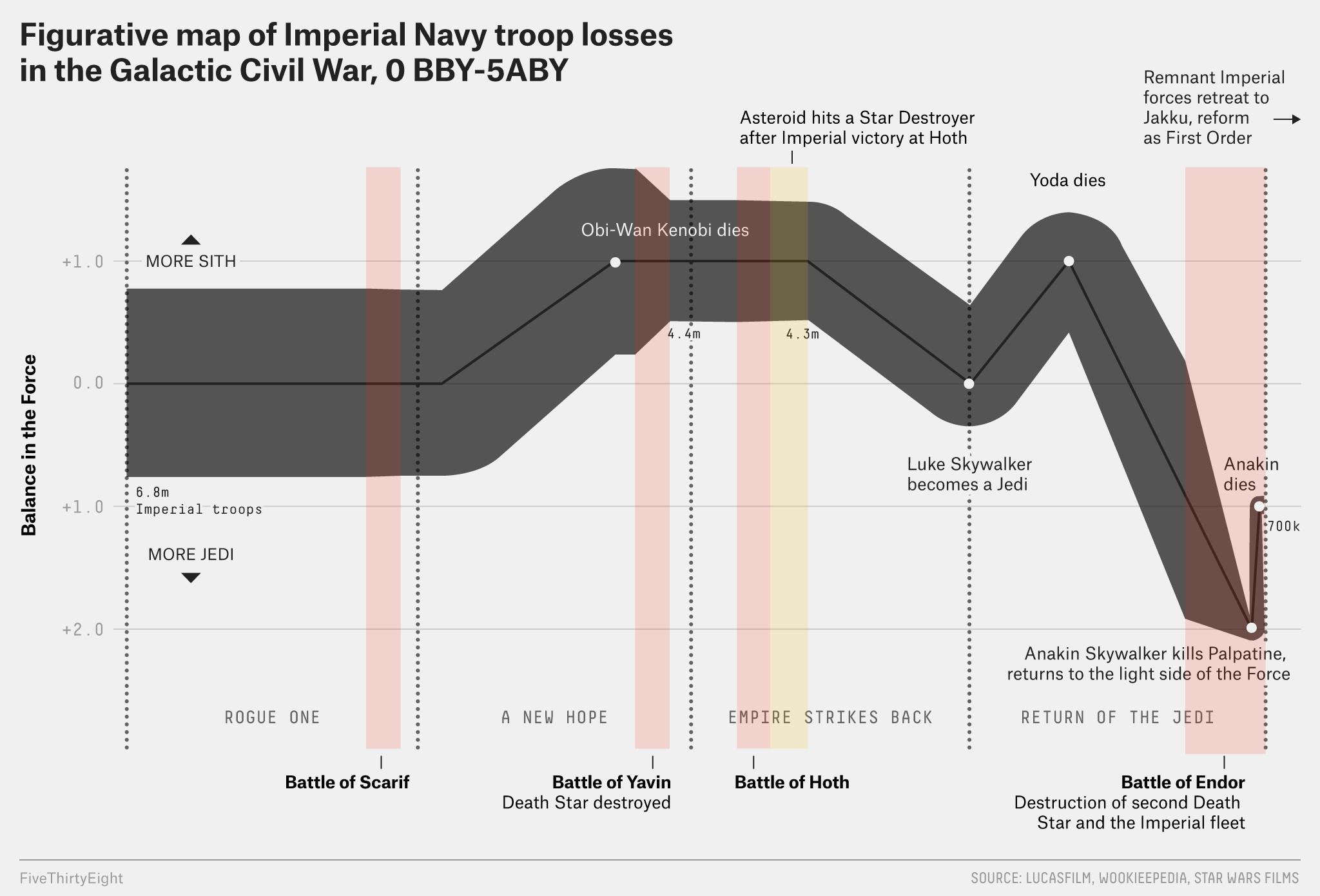Another week is over, and for the past few years I’ve often said we all made it to the end of the week. When in reality, for the last few months, thousands of people were not. We’ve started using Monday to sort of recap the state of the pandemic in a select region of the country. And then we moved straight into how the New York Times addressed the US reaching the grim milestone of 500,000 deaths.
So I want to end this week with a little story told over at xkcd that tries to explain these new mRNA vaccines. Who doesn’t love science, science fiction, and humour woven together into a narrative? True, this isn’t really data visualisation, but it dovetails nicely into the work we’ve been doing and reviewing of late. Plus, levity. We all need levity.

You’ll want to click through to read it all.
Credit for the piece goes to Randall Munroe.



